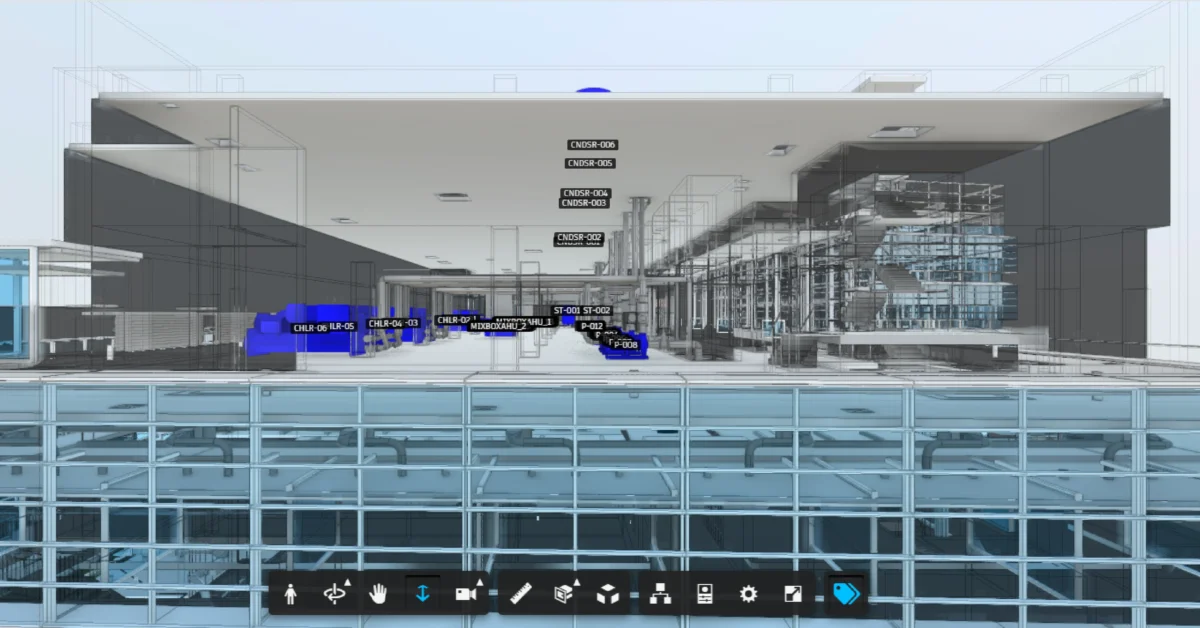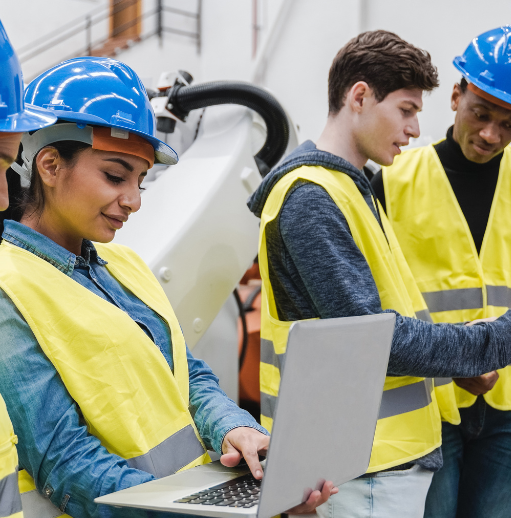
As the big event winds down and the last attendee leaves, a new challenge emerges for facility managers: what’s next for the venue? Building information modeling (BIM) and digital twins play an important role in helping facility and operations professionals determine whether a venue is reverted or repurposed for new uses.
Traditionally, we’ve often built event-specific venues. In fact, often the coverage leading up to large-scale events focuses on how much the various stadiums, arenas, or other buildings cost for construction and whether they will be completed in time. But with an increasing global awareness of climate change and the importance of sustainability, there’s a growing desire to convert venues for other uses to reduce the need for new construction. And when new buildings are built, the aim is for something multi-purpose and eco-friendly with a focus on environmental stewardship.
In this final installment of our series, we delve into the crucial post-event phase. How do these venues transition from hosting hundreds of thousands of attendees to preparing for their next purpose? The answer lies in the powerful combination of BIM and digital twins, technologies that are revolutionizing the way these structures can adapt and evolve after large-scale events.
An opportunity to reflect
The time immediately after a big event can be a whirlwind of activity. Equipment breakdown, waste removal, and facility repairs can all impact the speed and efficiency of the venue’s return to normal operations. However, this post-event phase isn’t always just about reverting to the status quo — it’s an opportunity to reassess and potentially reimagine the venue.
This perspective aligns with a growing awareness in architecture, engineering and construction (AEC) about the importance of working with existing structures, rather than defaulting to new builds. Even the standards for recognizing a building’s importance are evolving, propelled by concerns for sustainability and the realization of the built environment’s substantial influence.
In “BIM for historical buildings in the UK focused using sustainability tools,” a presentation at Autodesk University 2023, Purcell’s head of BIM Gareth Sewell positions the importance of renovations and retrofitting in a wider environmental context. As of 2020, there is now more man-made material than all global living biomass. He proposes we need to change the definition of the word “historical” — instead of the word representing a building people feel connected to, because of the pressures of sustainability and climate change, we need to think of every completed building as historic and focus on retaining, reusing, and repurposing them.
“The most carbon-neutral asset is the one already built,” Sewell says.
For hosting large events, that can mean moving away from the construction of single-function, one-time use venues toward processes that leverage existing ones in new ways.
Reversing the venue
The decision to return a venue to its original state depends on two factors: how much the building was changed for an event, and how much the designers planned for different types of changes. The more planning, the easier the change. So, a convention center might have moveable walls that make it much easier to resize the main hall according to the expected number of attendees. A stadium might have special flooring that makes it possible to hold a hockey game one night and a basketball game two days later. Large auditoriums might have a movable stage and sets of seats, each best configured for a different type of performance.
For these venues, planners, designers, and construction crews leverage BIM and digital twin technologies in the earliest stages of the venue’s life cycle to share building plans, project and track budgets, create and maintain supply chains, and set and enforce timelines.
Repurposing the venue
Creating second lives for large-event venues is part of a growing trend of adaptive reuse. Here, stakeholders take existing structures and repurpose them to better meet community needs. Old factories become new office spaces. Empty office buildings increase downtown density as deluxe condos, while outdoor arenas bloom into public parks.
The advantages over demolition are often interconnected. Although repurposing a venue is not the same as preserving it, it can be a workable compromise between tearing it down completely or building something entirely new. Because much of the plan relies on existing structures, there are cost savings and environmental benefits. Revitalized facilities also help generate value locally, both economic and social, by providing housing, commercial spaces, and public spaces for art and culture.
Multi-dimensional value throughout the process
Under the umbrella of repurposing are renovations and retrofits, work done after a building is already in the operations and maintenance phases of its life cycle. Typically, renovations focus on restoration, repairs, or improvements. It can be as small a project as repainting existing spaces to moving some walls to create a new layout that better supports a facility’s second life.
Retrofits focus on improving the facility by adding new equipment, technology, or building systems. Here, it could be as simple as replacing the lights with low-energy alternatives, swapping out old windows for energy-efficient upgrades, or replacing the boiler with a high-efficiency natural gas model.
Facility managers can use BIM data and digital twins at every step of these projects, from planning and execution to tracking results.
At the start of a project, designers can use BIM to build accurate 3D models of different options, so they can evaluate each one while seeing it inside the context of the existing structure. And because the models contain everything about the building, including the locations inside the walls of the plumbing, HVAC, and electrical wiring, teams can avoid clashes later in the process. On a 2D layout, it’s easy to accidentally remove a wall packed with building system elements. With BIM, you can’t make that same mistake.
For example, if you need to convert the press room at a large venue into a communal kitchen for a shared living space for a halfway house, you can leverage BIM data to help you plan the layout to take advantage of the existing plumbing and electrical. Once you know what you have and where it is, you can make informed decisions about how to add to it.
A BIM-backed digital twin then allows you to simulate various design decisions, helping you find the one that performs best in that space. Which better helps you reduce heating and cooling costs, upgrading the HVAC system or installing new windows? It might depend on several factors, including the efficiency of the existing system and the location of the building.
Once the designs are in place, BIM continues to deliver value when repurposing a large-event venue.
BIM supports data sharing that helps eliminate miscommunication because it combines multiple dimensions of data.
For repurposing an event venue, those dimensions can include:
- 3D BIM: Shape
- 4D BIM: Time, scheduling, and logistics
- 5D BIM: Estimating and cost data
Because every team not only contributes data but can also see everyone else’s, they’re all on the same page for materials, plans, delivery dates, and outcomes. No one arrives on site early or late, and everyone has what they need to work effectively.
Project costs are best controlled by reducing waste, not cutting corners. With proper planning, vendors and trades are only there when they can work, so you’re not spending money on people standing around. And tighter tracking of materials and supplies means less loss to shrinkage. Overall, because the work is better planned, it’s better executed, reducing or eliminating the need for costly rework.
Conclusion
From the initial announcement to the final stages, BIM and digital twins serve as indispensable tools for managing facilities before, during and after large events. These technologies provide a comprehensive digital representation of a venue, enabling optimized planning, efficient operation, and data-driven decision-making.
As we have explored in our previous posts on strategic sustainability and operational efficiency, the life cycle of an event involves a complex interplay of various factors. The future of facility management will thrive on the seamless integration of physical and digital spaces. BIM and digital twins empower facility managers to anticipate challenges, maximize opportunities, minimize environmental impact, and enhance the overall event experience.




